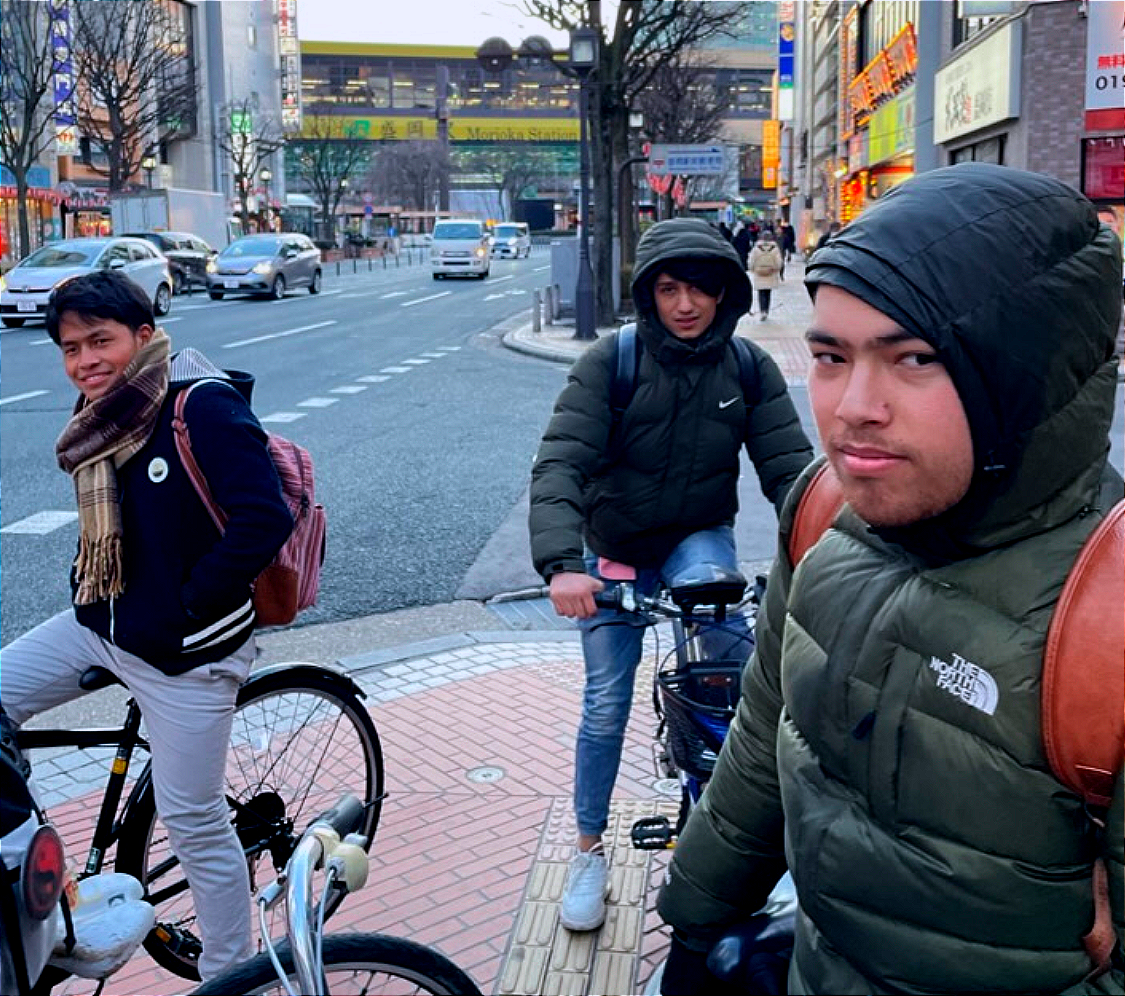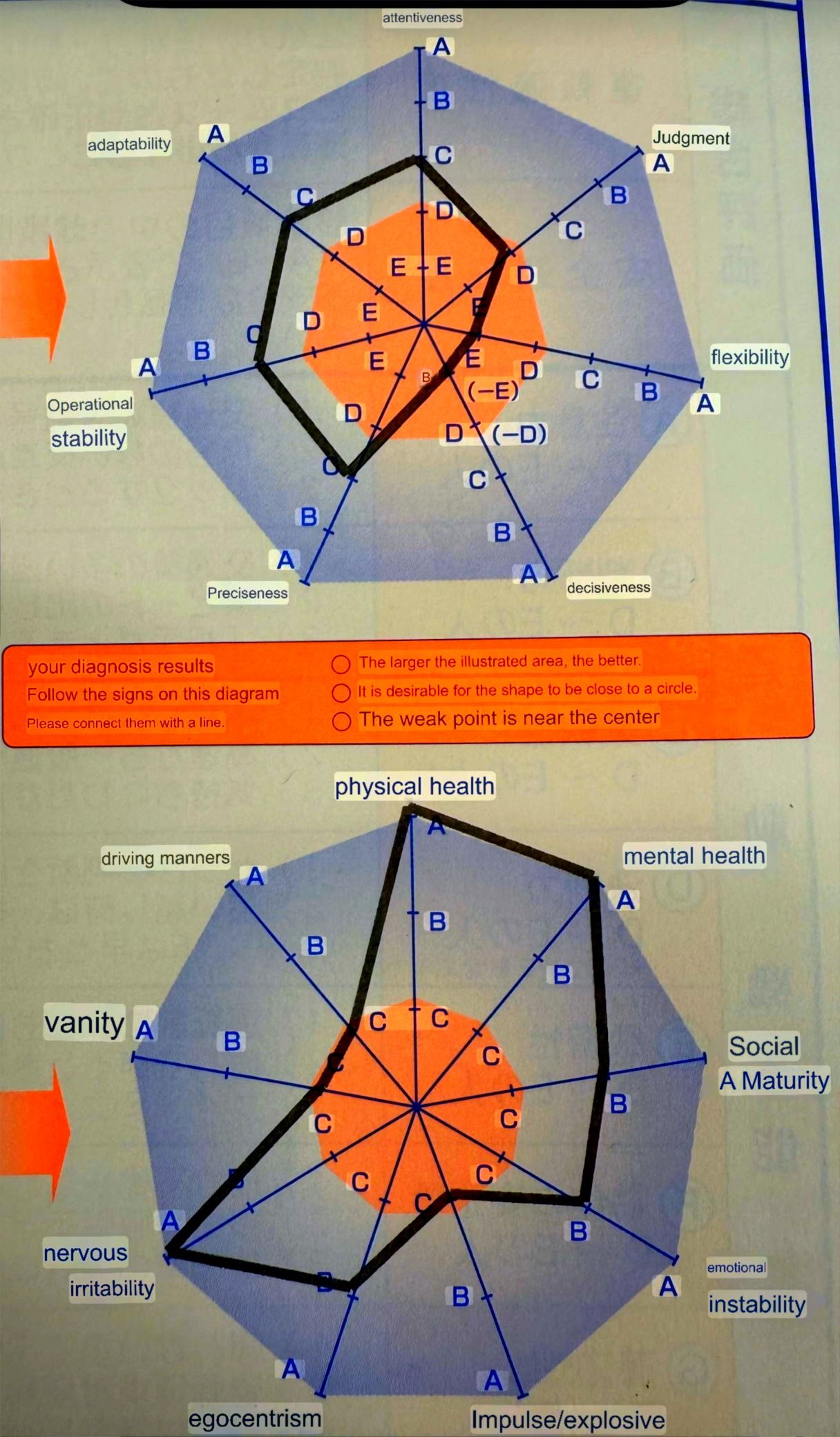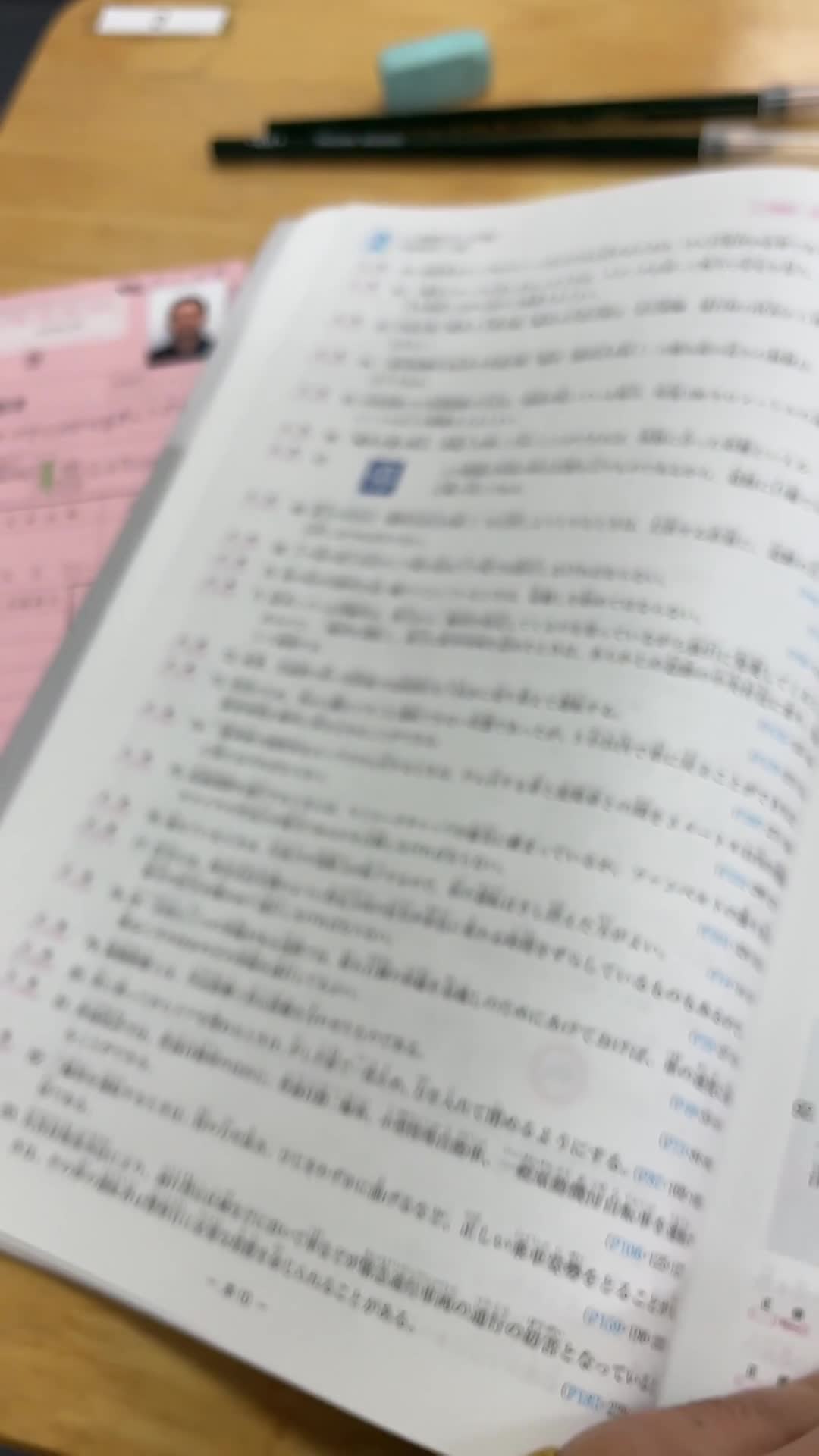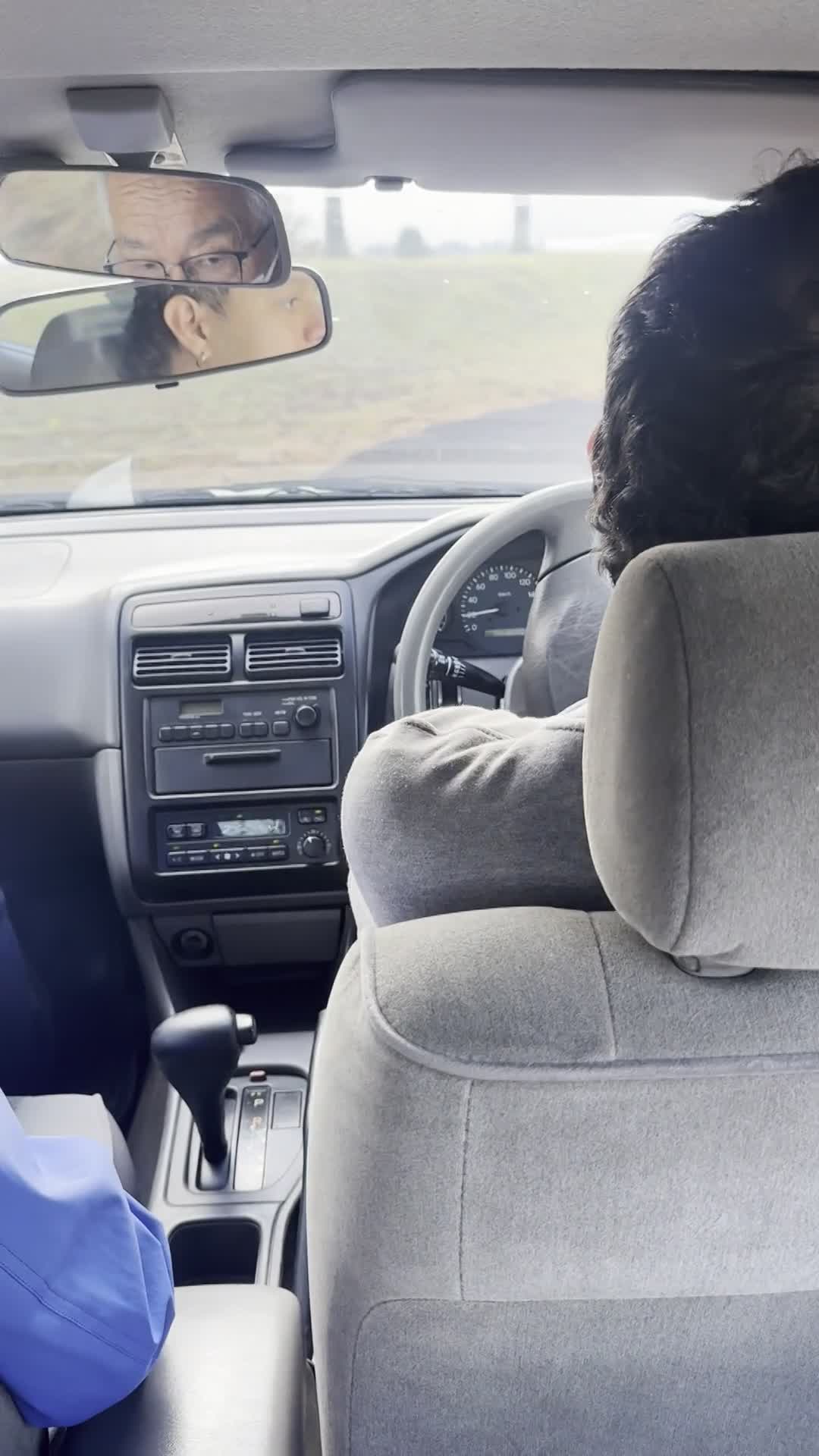My Experience Getting a Driver’s License - Guide to Get License in Japan (Tohoku Version)
Although I already had a driver’s license from Colombia, which I obtained almost eleven years ago, when I moved to Iwate Prefecture, I discovered that getting a Japanese driver’s license (or converting a foreign one) was not as simple as I expected.
I hadn’t applied for an international license before coming to Japan, and when I looked into converting my Colombian license, I found out that the verification is done online from Colombia… and those websites are not accessible from Japan.
After two years of dealing with appointments, paperwork, and endless schedules, I decided to take a different path: enrolling in a Japanese driving school and getting the license in one month.
Here’s a detailed breakdown of what I needed — costs, options, and all the little “extra details.”
Living, Studying, and Driving in Tohoku: Challenges and Advantages for Foreigners

One great advantage of living in Tohoku is its reliable and efficient public transportation system, which can even be quite affordable if you take advantage of special discount campaigns.
However, there are also some unique challenges to living here:
- While many towns offer bicycle rentals, it can be inconvenient when there’s no rental service or staff available — owning your own bike is often more practical. But if you plan to take your bike on certain trains in the region (like IGR or Aomori Tetsudo), you’ll need to pack or fold it each time.
- Winter is beautiful — the snow-covered scenery, the chance to ski or snowboard — but cycling or walking in freezing temperatures can be really tough.
- Transportation schedules in rural areas require extra attention! Trains may come only once an hour, or even less frequently, so missing one can mean a long wait.
That’s why choosing a driving school with flexible schedules, transportation support, and warm, caring instructors is essential.
Choosing a Driving School in the Region
In Tohoku (particularly in Iwate, Akita, Aomori, and Yamagata), you usually have two main options:
- An intensive 15-day course (合宿免許 / Gasshuku Menkyo)
You stay in the school dormitory for two weeks, fully focused on lessons. Transportation costs are usually reimbursed (even from Tokyo), but you’ll need to consider meals (sometimes included) and laundry costs. - A flexible one-month course
The school picks you up and drops you off for driving practice and exams. Most theoretical classes are online, often with study materials available in multiple languages.

Prices
In Iwate, Akita, Yamagata, and Aomori, prices vary depending on the course type:
- Intensive course (Gasshuku Menkyo): ¥260,000 – ¥340,000, including dorm stay and transportation.
Prices may increase by around ¥35,000 if meals are included, or ¥30,000 during peak seasons. - Regular courses: ¥290,000 – ¥350,000. Manual transmission courses usually cost about ¥30,000 more than automatic.
My Decision
I live in Ichinohe (Iwate), so the nearest school was Kenpku Driving School (KDS) in Ninohe.
All lessons and materials were in Japanese, though the school offered textbooks in Spanish, Portuguese, Vietnamese, and English for an extra fee. I decided to take this as both a challenge and an opportunity to improve my Japanese, so I studied entirely in Japanese but took the exams in English. It took me one month and six days from the first class until I had the physical license in my hands.
I chose to get a manual license (to be safe for the future) and paid a total of ¥316,400 plus ¥4,250 for the license procedures.
Documents You’ll Need
- Residence card (在留カード)
- My Number card
- Certificate of residence (住民票)
- License-size photos
- Glasses (if you need them)
- Personal seal / Inkan (印鑑)
Written and Practical Exams: What I Faced
The lessons start with the very basics — how cars work, how to handle them, and, most importantly, safety checks, which are extremely strict in Japan.
You’ll spend about half of your course practicing within the school’s circuit before going out on public roads. In my case, adjusting to driving on the left side of the road, properly using the handbrake, and mastering the pedal brake were all challenging but rewarding. Once you complete the first stage (which includes a written and practical test), you can move on to driving on public roads and take the final exams, which are conducted by the police at one of the regional driving centers.
⚠ Special Notes
- The written test (which I took in English) covered traffic theory, road signs, maneuvers, and even some motorcycle-related questions! It was much harder than I expected, so don’t underestimate it.
- During the practical exam, I was amazed that in Japan, not only technical skill but also courtesy and elegance while driving are highly valued.
- The personality test was wild! It helps identify personal traits that could affect your driving style — even positive qualities can become risks if unchecked.

This was my personality test, although it is not 100% accurate since I made it in English with Audio in Japanese (My mother tongue is Spanish lol)
Teachers, Environment, and Support
The instructors at KDS were kind and patient.
I was grateful that my job allowed me to attend classes flexibly, and since most theory lessons were online, I could study at my own pace.It was a nice mix of discipline, encouragement, and humor that made the experience enjoyable.
A fun moment: before my final driving test, my instructor played a Colombian playlist (yes, Karol G!) — it helped me relax… and I passed!
Tips for Anyone Getting Their License in Tohoku (Iwate / Akita / Yamagata / Aomori)

- Ask if your plan includes free transportation from your home — it’s a huge plus in rural areas.
- Make sure your study materials are in a language you can handle, or better yet, challenge yourself by studying in Japanese!
- Don’t underestimate the difficulty of the tests — especially in northern prefectures like Iwate, Akita, Aomori, Yamagata, and Hokkaido, where exams are known to be strict (100 questions, and you need at least 90 to pass!).
- Compare options across prefectures — prices, transportation, and availability of multilingual instructors can vary.
- Take time to explore the region while you study — the rural landscapes of Tohoku make this experience truly special.
- While many people in Kyushu or Kansai take two-week intensive courses, in Tohoku, programs are more personalized and relaxed.
- s
- s
- s
Winter in Tohoku and Driving on Snowy Roads
I want to share an extra important experience (especially for anyone planning to live or drive in Northern Japan). As you may know, winter in Iwate and across northern prefectures like Akita, Yamagata, Aomori, and Hokkaido can be extremely harsh. Heavy snowfall, icy roads, and rapidly changing weather conditions make winter driving a serious challenge.
Because of this, last week I participated in a special winter driving training session where there was no actual snow yet, but the driving school recreated winter conditions by using flowing water on a slippery surface, allowing us to practice braking, steering, and recovering control just as we would on icy roads.
It was surprisingly fun and extremely valuable. I was honestly impressed by such training, and it made me realize how much local governments prioritize safety for people living in these regions.
In the training, we practiced:
- Sudden braking on icy-like surfaces
- How to correct the car when it begins to skid
- Safe turning on slippery roads
- Understanding how ABS actually feels in practice
This experience gave me a deeper respect for winter driving in Tohoku and made me feel more confident and prepared for the coming season, and I definitely recommend that you do it as well!
Final Reflection
Getting my driver’s license in Japan was far more than just a procedure — it was a journey of adaptation, cultural understanding, and personal growth. I learned so much, and although I took the longer route, it was absolutely worth it.

I was lucky to go through this process in autumn, surrounded by the breathtaking mountains of Tohoku, with trees glowing red and gold. Between classes, I’d visit cozy cafés in Ninohe or simply enjoy watching how the landscape changed with the season.It was a beautiful mix of learning and connection with the environment.
If you’re thinking of getting your driver’s license in Japan — especially in Tohoku — I hope this story gives you some guidance, motivation, and a realistic picture of the road ahead


